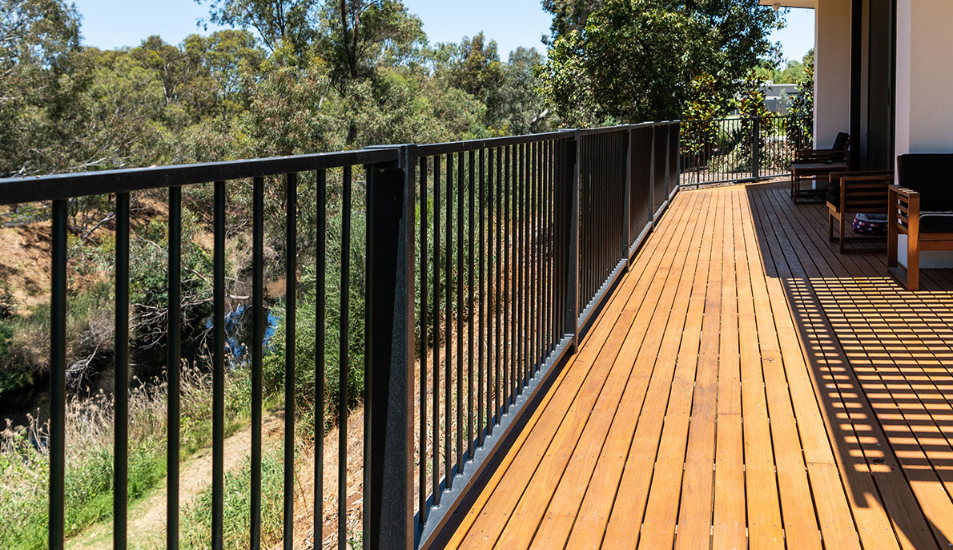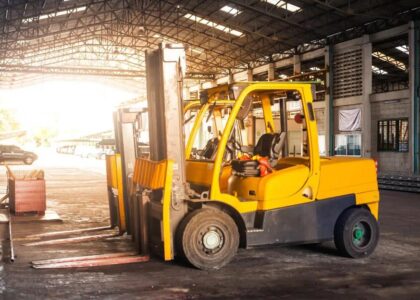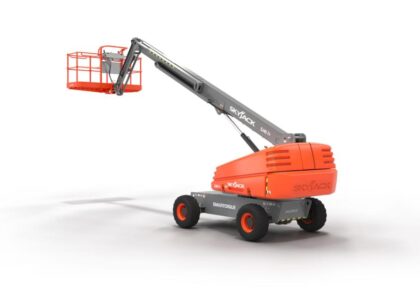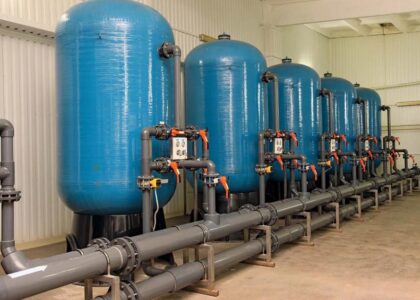When it comes to creating spaces that are both functional and aesthetically pleasing, industrial design plays a significant role. One area where this balance is particularly crucial is in the design of balustrades. Here, we delve into the world of Industrial Balustrade Design and Australian Standards, and how these elements work together to create safe and stylish environments.
Understanding Industrial Balustrade Design and Australian Standards
Balustrades are vital for safety, providing a barrier to prevent falls from height. However, they also have a significant impact on the look and feel of a space. Australian Standards and industrial Balustrade Design work together to ensure these structures are both safe and visually appealing.
The Australian Standards set out specific requirements for balustrade design in an industrial setting. These requirements cover things like height, load-bearing capacity, and the gaps between balusters. Adhering to these standards is essential for any balustrade companies involved in design and installation.
The Role of Balustrade Companies in Ensuring Compliance
These companies play a crucial role in ensuring that balustrade designs meet Australian Standards. They need to understand these standards thoroughly and apply them accurately in their design and installation processes.
These companies are responsible for creating designs that not only meet safety standards but also align with the aesthetic demands of the project. This dual responsibility requires a deep understanding of both the technical specifications of the Australian Standards and the principles of good design.
Striking the Balance Between Safety and Style
Achieving a balance between safety and style in Industrial Balustrade Design and Australian Standards can be challenging. It requires a considered approach that takes into account both the practical requirements of the standards and the aesthetic desires of the client.
One of the ways companies achieve this balance is by using innovative materials and design techniques. For example, they might use a combination of steel and glass to create a balustrade that is both strong and visually light.
The Impact of Good Design on Safety
While the Australian Standards set out the minimum requirements for safety, good design can enhance these safety features. For example, a well-designed balustrade might include additional handrails or visual markers to improve user safety.
Balustrade companies often work closely with architects and designers to ensure that these safety features are integrated seamlessly into the overall design. This collaborative approach can result in balustrades that not only meet the Australian Standards but exceed them in terms of safety and design quality.
The Future of Industrial Balustrade Design
As technology advances and materials evolve, the possibilities for industrial balustrade design continue to expand. Companies are continually exploring new ways to balance safety and style, pushing the boundaries of what is possible within the constraints of the Australian Standards.
From 3D printing to smart materials that change their properties in response to environmental conditions, the future of industrial balustrade design is exciting and full of potential.
Conclusion:
Balancing safety and style in industrial balustrade design is a complex task, but it’s one that brings immense rewards. By adhering to the Industrial Balustrade Design and Australian Standards, balustrade companies can create structures that not only protect users but also enhance the aesthetic appeal of the spaces they inhabit. It’s a challenge that requires skill, creativity, and a deep understanding of both safety standards and design principles – but the results are well worth the effort.






